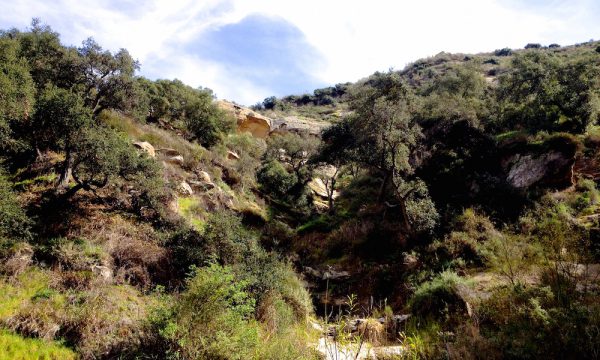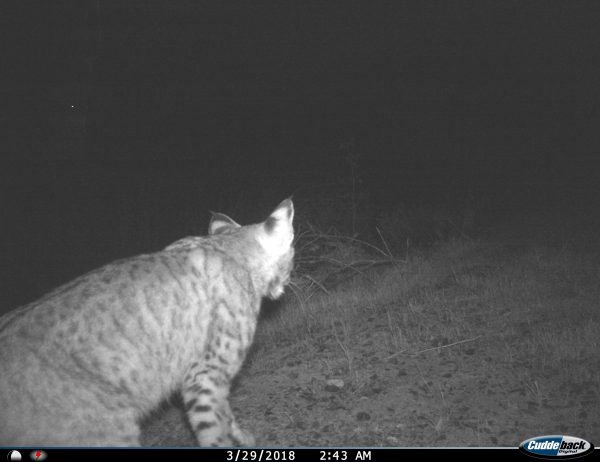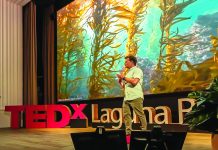Results of a multi-year study of activity in a wildlife corridor connecting the Laguna Coast Wilderness Park to the Cleveland National Forest are now available to the public for viewing. Laguna Greenbelt, Inc., a local environmental organization, planned and executed the study, using 21 cameras to examine wildlife movements in the Coast to Cleveland Wildlife Corridor (also called the Irvine Wildlife Corridor and Orange County Wildlife Corridor). Volunteers collected data over a two- year period. The full report can be found and downloaded free of charge at wildlifecorridor.org.

Kevin Clark, director of Biological Services for the San Diego Natural History Museum, analyzed the findings and authored the report. Clark presented a summary of the report on Wednesday, Sept. 11, at the Coastal Greenbelt Authority meeting in the Laguna Woods Council Chambers, along with John Foley, board member at Laguna Greenbelt, Inc. and volunteer data collector for the project. “Most camera studies are three to six months long, but this study has almost two years of data,” Clark said during the presentation. “I’m really impressed with what this group did.”

Since the late 1990s, progress has been made on completing the 6-mile long corridor, aimed at providing safe animal movement through the urban landscape to adjacent conservation areas in Laguna and the inland hills. The study was done to examine how well the existing corridor is working and to identify improvements for enhanced wildlife passage. The study cameras were motion-triggered and automatically took thousands of pictures and videos of bobcats, coyotes, raccoons, rabbits, many smaller mammals, and even people, as they passed during the day and night.
Images revealed a variety of surprising trends, such as human use of the wildlife corridor that discouraged animal activity, and a concerning lack of animals in places where they had previously been more plentiful. Clark also noted that compared to a study published in 2007 by USGS in the same area, the data show that fewer target species are now frequenting the areas near road crossings, indicating a worrying trend towards fewer animals in the fragmented urban landscape.
The final section of the report gives a list of some low cost measures that can encourage the use of road crossings to a variety of animals.




